Summary: Just want the highlights?
Overview: Creatine is a well-researched supplement that helps boost both physical strength and cognitive performance, making it beneficial for workouts and mental tasks.
Proposed mechanism: It works by replenishing ATP, the energy source for your muscles, allowing you to perform better during short bursts of intense exercise, such as weightlifting or sprinting. Creatine's metabolic support can also be impactful for the brain, providing extra energy to brain cells.
Clinically proven benefits: Creatine supplementation has been definitively shown to improve strength, muscle gain, and cognitive function, particularly when sleep-deprived.
Recommendation: The recommended form of creatine is creatine monohydrate. This form is proven, effective, and widely available. Typically, it is recommended to start with a loading phase (20g/day for 5-7 days) to saturate the muscles, followed by a maintenance phase (3-5g/day).
What I personally use: I have been taking Creatine Monohydrate from Optimum Nutrition for several years. You can purchase it directly on amazon as a capsule or powder to add to a sports drink. I personally link the capsule. I will leave links for both below.
Capsules - https://amzn.to/3N0OnXw
Powder - https://amzn.to/4eJOx1v
Foreword
Recently, I wrote an article about why I include supplemental collagen in my diet. This was my start in a series highlighting what health supplements are worth taking, and how much we need to gain the proposed benefit.
Why bother with these posts?
I’m deeply fascinated by ways we can improve our performance, both physically and cognitively. That being said, there are so many health supplements out there being sold to us and it’s not always easy to determine which are worth taking. Wouldn’t it be helpful to know the truly impactful ones, why they can help, and how much we should take? And not just from a bro science perspective - but the actual science.
This leads me to the next supplement that I think is worth taking, creatine. Creatine should sound fairly familiar, especially to those fitness junkies out there. It was my first personal experience with sports supplements and is one of the most extensively studied health supplements on the market with a mountain of literature supporting its benefits for athletic performance and even cognitive function. In this article, I’ll walk you through what creatine is, how it functions in the body, the literature supporting its benefits, and how it should be taken to get these benefits.
What is Creatine and What Job Does it Perform?
Creatine is a naturally occurring compound that plays a crucial role in the body’s energy metabolism. It is found in certain foods, predominantly animal-based proteins, and synthesized in some of our body tissues (note - this may make creatine supplementation even more important for vegetarians). Upon production or consumption of creatine, it is transported through the blood to tissues with high energy demand, like muscles and the brain (Figure 1).
Why? I’ll have to bore you with a little bit of biochemistry—but I’ll keep it simple. Our bodies use a molecule called adenosine triphosphate (ATP) as the primary energy currency for most physiological functions. For ATP to ‘supply energy,’ it transfers one of its three phosphate groups to another molecule to trigger an action. Simple, right?
Well, when ATP loses a phosphate group, it becomes adenosine diphosphate (ADP). This molecule can still contribute to metabolic activities, but it’s less effective in providing energy. As energy is used in the body, it’s crucial to restore ATP reserves. How does this happen? Most energy production occurs in the mitochondria (remember in school, the powerhouse of the cell?), but this process can be slow. This is where creatine steps in!
On a molecular level, creatine resides in tissues where high energy demand exists, such as muscles and the brain. In these tissues, creatine holds an extra phosphate group, existing as phosphocreatine. This high-energy compound serves as a rapid source of energy to regenerate ATP from ADP during short bursts of intense, high-energy consumption activities (Figure 2).
Why do we need this? ATP in tissues with high energy consumption can be rapidly depleted, particularly during high-intensity exercises like sprinting or weightlifting. Here, phosphocreatine acts as a reservoir to quickly replenish ATP by donating its phosphate group to ADP. This process helps maintain energy supply and delays muscle fatigue.
Figure 2. The role of creatine in ATP synthesis during high-intensity exercise. Creatine is converted to phosphocreatine (PCr) in muscle cells, which then donates a phosphate group to ADP to rapidly regenerate ATP, the primary energy carrier in cells. Adapted from link.
What are the Research-Supported Benefits of Creatine Supplementation?
Creatine monohydrate is the most extensively studied form of creatine supplementation and is widely recognized for its ability to enhance high-intensity exercise performance. When consumed, creatine monohydrate is absorbed through the small intestine into the bloodstream and then transported to muscle cells, where it increases the total creatine content, both as free creatine and phosphocreatine. This elevated creatine reserve serves as a rapid source of energy by replenishing ATP during demanding activities, allowing for improved performance in short bursts of intense exercise like weightlifting or sprinting. Numerous studies (reviewed below) have demonstrated its effectiveness in enhancing strength, muscle mass, and athletic performance, making it a staple supplement for athletes and fitness enthusiasts. However, its benefits extend beyond just athletic performance, showing potential to improve muscle health, particularly in aging populations where muscle mass and strength naturally decline.
In addition to its role in physical performance, creatine also plays a crucial part in supporting cognitive function. The brain, being an energy-demanding organ, relies on creatine to help maintain ATP levels, especially during periods of heightened mental activity or stress. Emerging research suggests that creatine supplementation can enhance cognitive performance, particularly under conditions of sleep deprivation or during intensive cognitive tasks. This neuroprotective effect is attributed to creatine's ability to act as an energy buffer in neural cells, ensuring a steady supply of ATP when energy demands are high. Given these extensive benefits across both physical and cognitive domains, creatine monohydrate stands out as a supplement with the potential to support overall health and performance.
Key Studies of Creatine Benefits:
There are many studied benefits of creatine with varying degrees of consensus. So, I’m going to focus on the key benefits from a series of meta-analyses (studies of studies) that highlight both the improvement in strength, muscle mass, and cognitive function.
Improvements to Strength and Muscle Mass Lower Limbs:
Creatine supplementation significantly enhances lower-limb strength, as evidenced by a systematic review of 60 randomized controlled trials (Lanhers et al, 2015). The studies show an 8% increase in maximal weight lifted during squats and a 3% increase in leg press compared to a placebo.
These benefits are consistent across different training levels, with untrained individuals experiencing even greater strength gains (up to 31% increase). This underscores creatine's effectiveness in improving high-intensity, short-duration exercises.
Improvements to Strength and Muscle Mass in Upper Limbs
Another systematic review (Lanhers et al, 2016) involving 53 trials confirmed creatine’s positive impact on upper limb strength. For instance, bench press performance improved by approximately 5.3%, and the effect was consistent across various exercises.
The study highlights creatine's broad effectiveness across different population groups, independent of age, sex, training status, or dosing regimen, proving its versatility as a supplement for upper body strength enhancement.
Benefits to cognitive function
A meta-analysis of 8 studies evaluated creatine's effects on memory performance (Prokopidis et al, 2022). The results indicated that creatine supplementation improved memory performance compared to placebo. The benefits were particularly pronounced in older adults (aged 66–76 years), where a significant improvement was observed, while younger adults (aged 11–31 years) showed no significant improvement.
Additionally, creatine has shown benefits for cognitive function in sleep-deprived individuals, helping to maintain mental performance when energy demands in the brain are heightened.
These findings indicate creatine's potential for enhancing brain bioenergetics, particularly in preventing age-related cognitive decline, highlighting its value beyond physical performance.
Creatine is generally considered safe
Common concerns: People often worry that creatine supplementation might cause kidney damage, liver issues, weight gain, dehydration, muscle cramping, or gastrointestinal problems.
Safety Evidence: Extensive studies have shown that creatine supplementation does not negatively impact kidney or liver function in males or females, with serum creatinine levels staying within normal ranges. There’s also no evidence of increased dehydration, muscle cramping, gastrointestinal disturbances, or weight gain when taken at recommended dosages (de Guinand et al., 2020, e Silva et al., 2019).
Safe for Use: Overall, creatine is considered safe for males and females when taken at recommended dosages.
Why do we have to supplement creatine to get these effects?
If you’re persuaded of the long list of benefits of creatine, then you may be wondering the same thing I was - why haven’t we evolved to naturally saturate creatine benefits in our bodies through diet and endogenous production? This is where we get into the realm of speculation.
Perhaps humans have not evolved to naturally maintain creatine levels that maximize these advantages. Evolution favors traits that improve survival and reproductive success in the environments where our ancestors lived. For early humans, survival depended more on endurance-based activities like hunting and foraging rather than short bursts of high-intensity exercise, where creatine’s benefits are most pronounced. Maintaining high levels of creatine would require significant metabolic resources, diverting them from other vital functions like growth, immune defense, and reproduction. As a result, maybe our bodies evolved to maintain a baseline level of creatine sufficient for day-to-day activities, rather than the elevated levels that might enhance performance in modern contexts. To distill this, in an environment of scarcity, the additional benefits of creatine may not have justified the energy cost required to produce and maintain higher levels, leading our bodies to evolve a baseline level sufficient for typical activities rather than peak performance.
Additionally, humans evolved to thrive in diverse environments with varying access to creatine-rich foods, such as meat and fish. By producing some creatine endogenously, our bodies adapted to survive regardless of dietary intake. However, this baseline production is not optimized for the specialized demands of modern lifestyles—like intense athletic training or cognitively challenging tasks—where higher creatine levels can provide distinct benefits. Furthermore, even if our bodies could produce or absorb more creatine, there are natural limits to how much can be stored in muscle tissues, making supplementation a practical way to exceed these natural thresholds and optimize performance.
Ultimately, while our bodies are designed to function well under a wide range of conditions, not necessarily the peak performance required in contemporary activities. What we are talking about here are advantages that we can achieve beyond this through supplementation.
An additional note - endogenous creatine production appears to slow with age. This means that external creatine supplementation benefits become even greater as we get older (Figure 3).
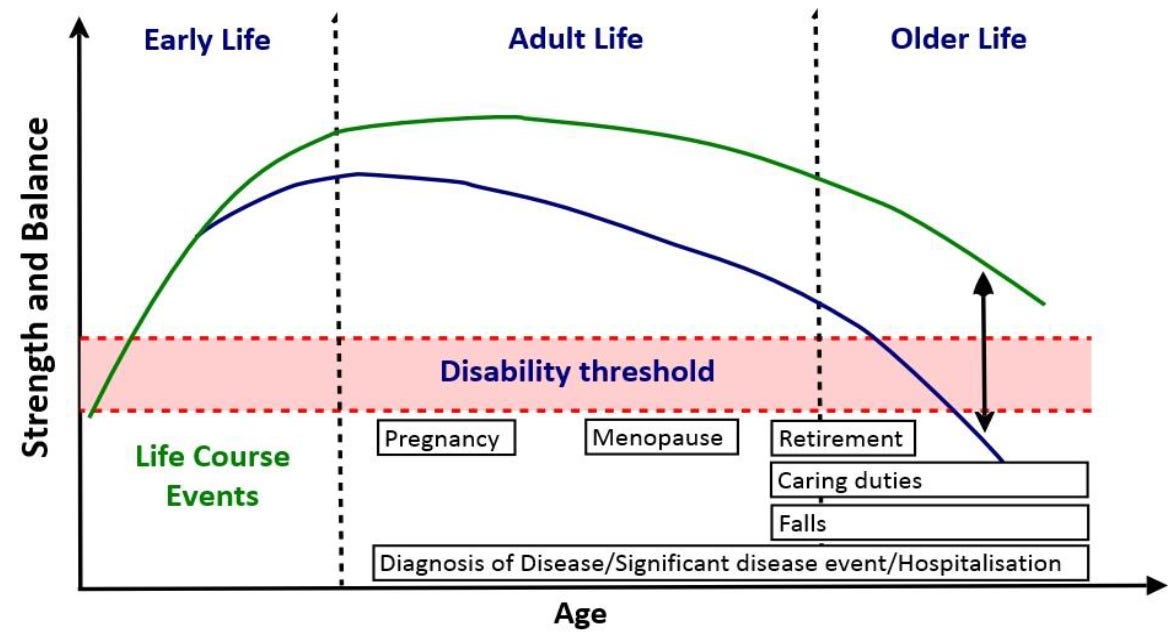
Administration Guidelines:
Choosing the Right Form: when you’re shopping for creatine, the most common form you’ll see is creatine monohydrate. It is the most studied form of creatine and is the basis for the reviews I have cited. When you search for creatine on amazon or other supplement stores, you may see several different forms, e.g., creatine ethyl ester, creatine hydrochloride, creatine magnesium chelate, buffered creatine monohydrate, liquid creatine, etc. There are claims that they have some benefits like solubility of biodistribution etc. I have not found any strong evidence for this. Just stick to the basics - creatine monohydrate.
What I take:
Creatine monohydrate can either be taken as a powder scooped into water or as a pill. It’s a matter of personal preference. I find pills easiest to take. Many people were in the comments of the previous article about which specific supplement I take, so I decided to link my preferred brand below. Note, that this is not an endorsement - it’s just what I choose to take.
I’ll provide links for those interested:
Capsules - https://amzn.to/3N0OnXw
Powder - https://amzn.to/4eJOx1v
Dosage Recommendations:
In the studies analyzed above, the dosing protocols were generally consistent a two-phase regimen:
Loading Phase (optional): Participants typically consumed a loading dose of 20-25 grams of creatine per day, divided into 4 doses of 5 grams each, over a period of 5 to 7 days. This phase aimed to quickly saturate the muscle creatine stores, particularly in the lower limb muscles. However, other research seems to indicate a loading phase isn’t entirely necessary, and creatine saturation in the muscles will occur naturally at the maintenance dosage over a period of 3-4 weeks.
Maintenance Phase: After the loading phase, participants continued with a maintenance dose of 3 to 5 grams per day to sustain the elevated creatine levels in the muscles. The duration of this phase varied among the studies, ranging from several weeks to a few months.
Support:
These newsletters take a significant amount of effort to put together and are totally for the benefit of the reader. If you find these explorations valuable, there are multiple ways to show your support:
Engage: Like or comment on posts to join the conversation.
Subscribe: Never miss an update by subscribing to the Substack.
Share: Help spread the word by sharing posts with friends directly or on social media.
References:
de Guingand, D.L., Palmer, K.R., Snow, R.J., Davies-Tuck, M.L. and Ellery, S.J., 2020. Risk of adverse outcomes in females taking oral creatine monohydrate: A systematic review and meta-analysis. Nutrients, 12(6), p.1780.
Lanhers, C., Pereira, B., Naughton, G., Trousselard, M., Lesage, F.X. and Dutheil, F., 2015. Creatine supplementation and lower limb strength performance: a systematic review and meta-analyses. Sports Medicine, 45, pp.1285-1294.
Lanhers, C., Pereira, B., Naughton, G., Trousselard, M., Lesage, F.X. and Dutheil, F., 2017. Creatine supplementation and upper limb strength performance: a systematic review and meta-analysis. Sports medicine, 47, pp.163-173.
Prokopidis, K., Giannos, P., Triantafyllidis, K.K., Kechagias, K.S., Forbes, S.C. and Candow, D.G., 2023. Effects of creatine supplementation on memory in healthy individuals: a systematic review and meta-analysis of randomized controlled trials. Nutrition Reviews, 81(4), pp.416-427.
e Silva, A.D.S., Pertille, A., Barbosa, C.G.R., de Oliveira Silva, J.A., de Jesus, D.V., Ribeiro, A.G.S.V., Baganha, R.J. and de Oliveira, J.J., 2019. Effects of creatine supplementation on renal function: a systematic review and meta-analysis. Journal of Renal Nutrition, 29(6), pp.480-489.
Skelton, D.A. and Mavroeidi, A., 2018. How do muscle and bone strengthening and balance activities (MBSBA) vary across the life course, and are there particular ages where MBSBA are most important?. Journal of Frailty, Sarcopenia and Falls, 3(2), p.74.



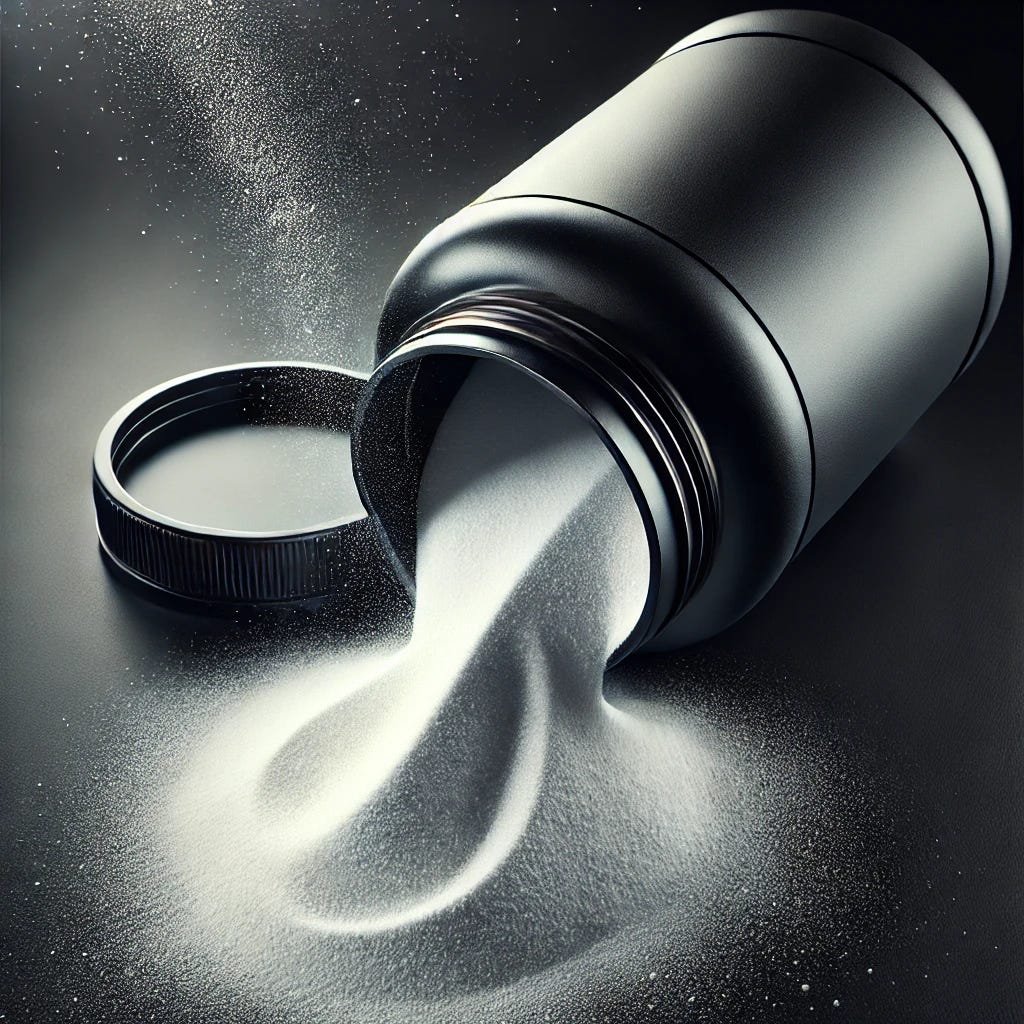
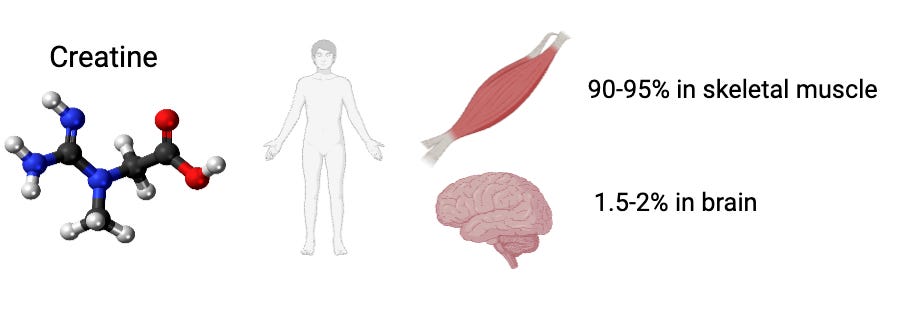
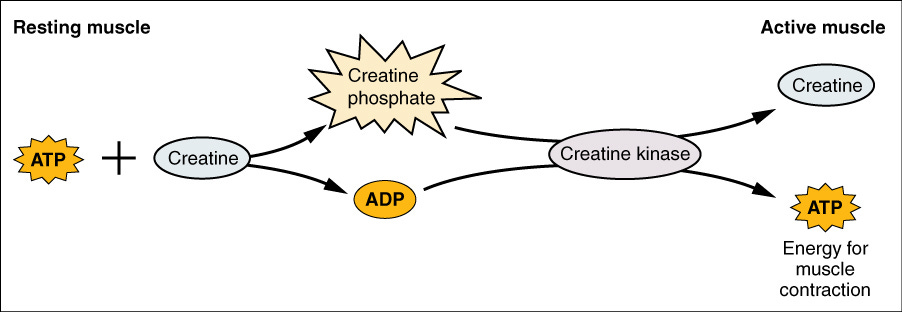
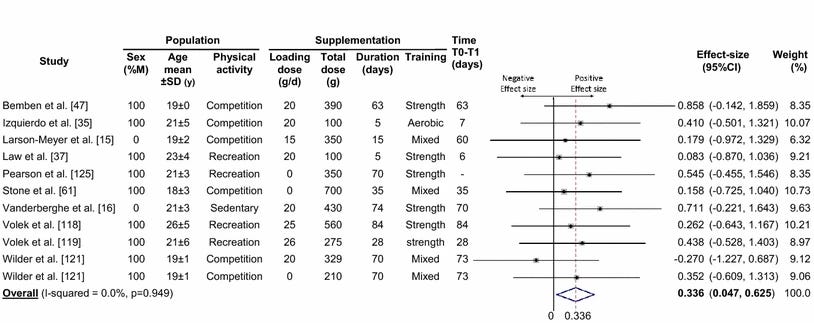

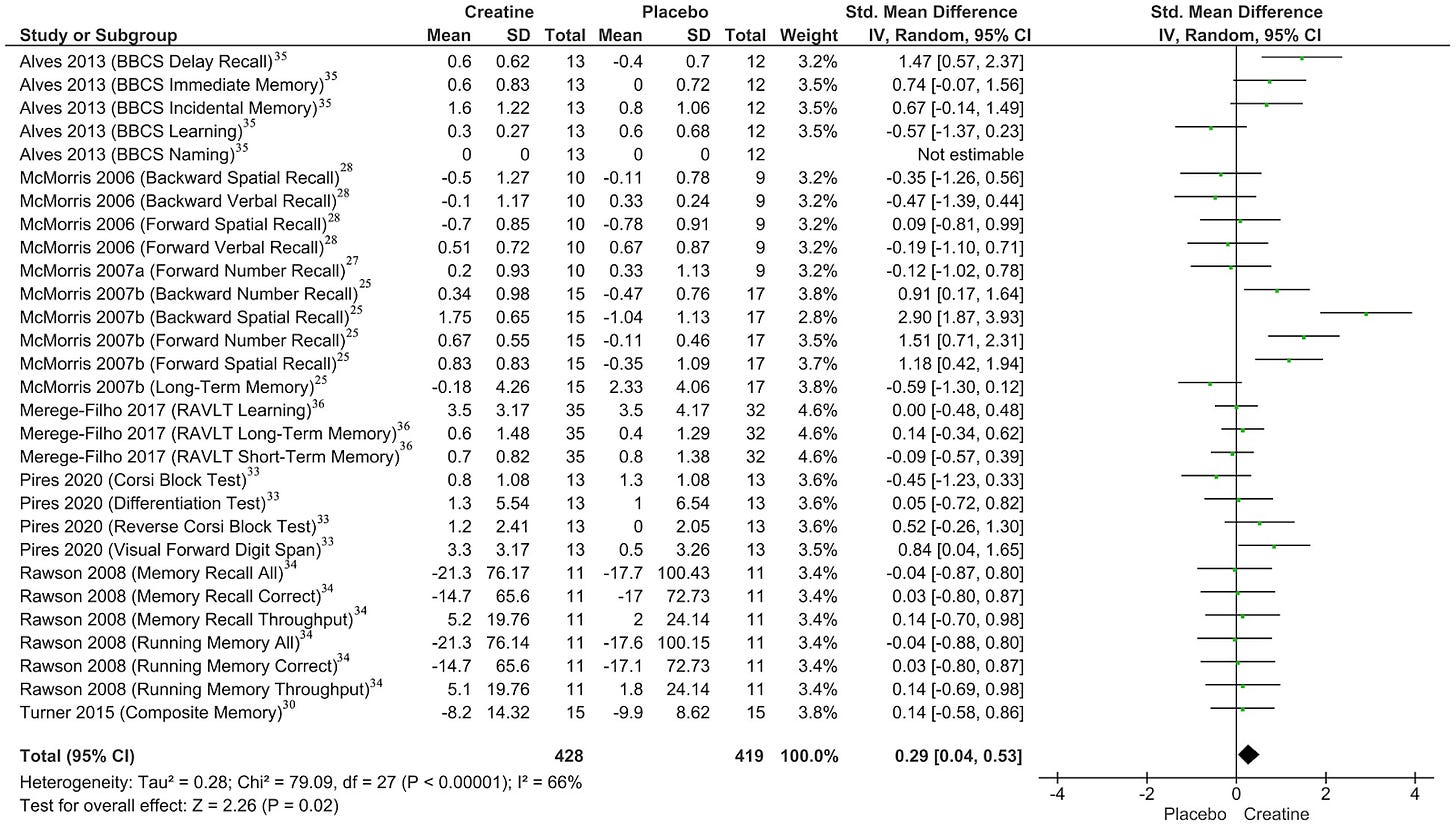
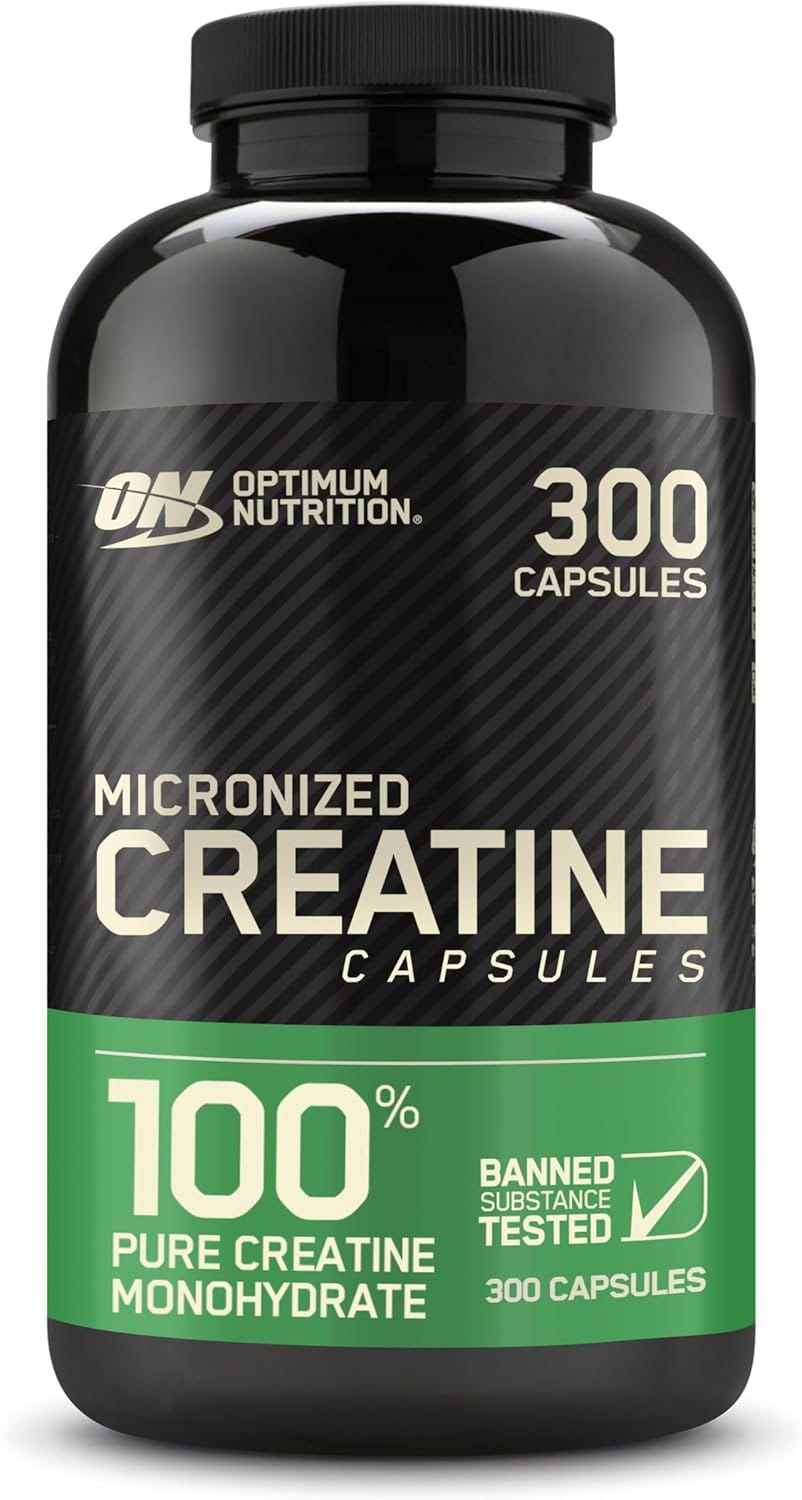
Is there an age limit for when people can start supplementing creatine?
It is synthetic .